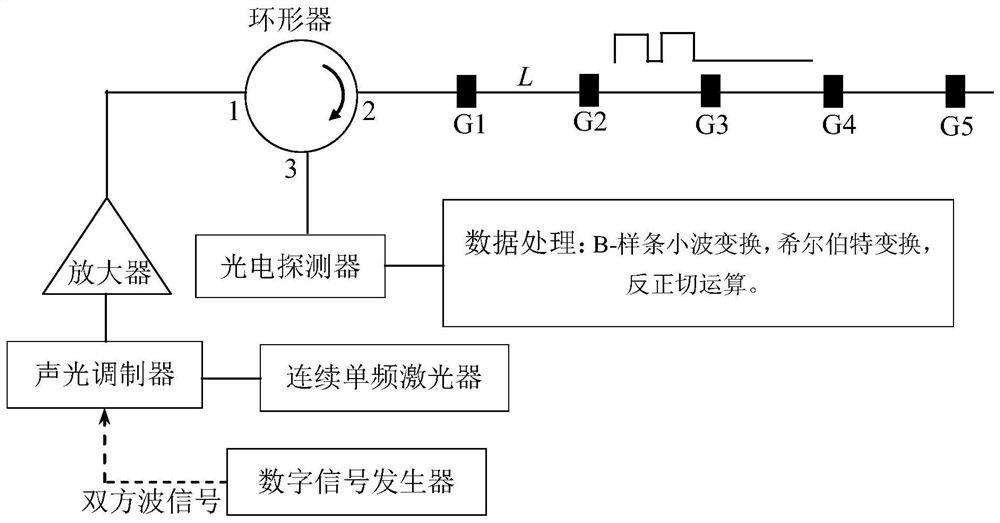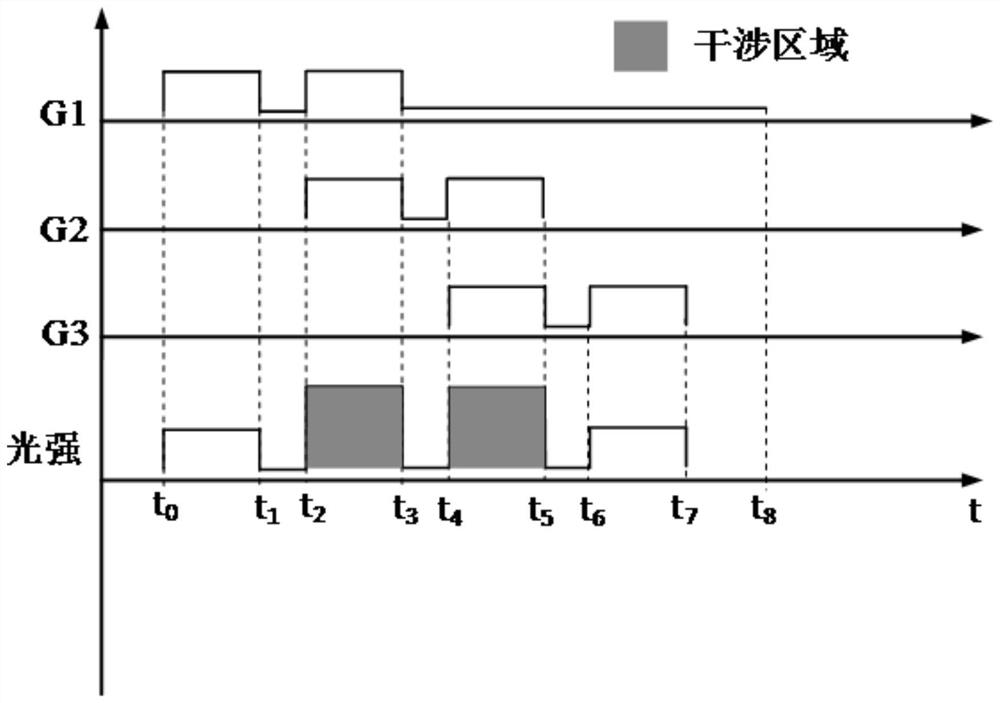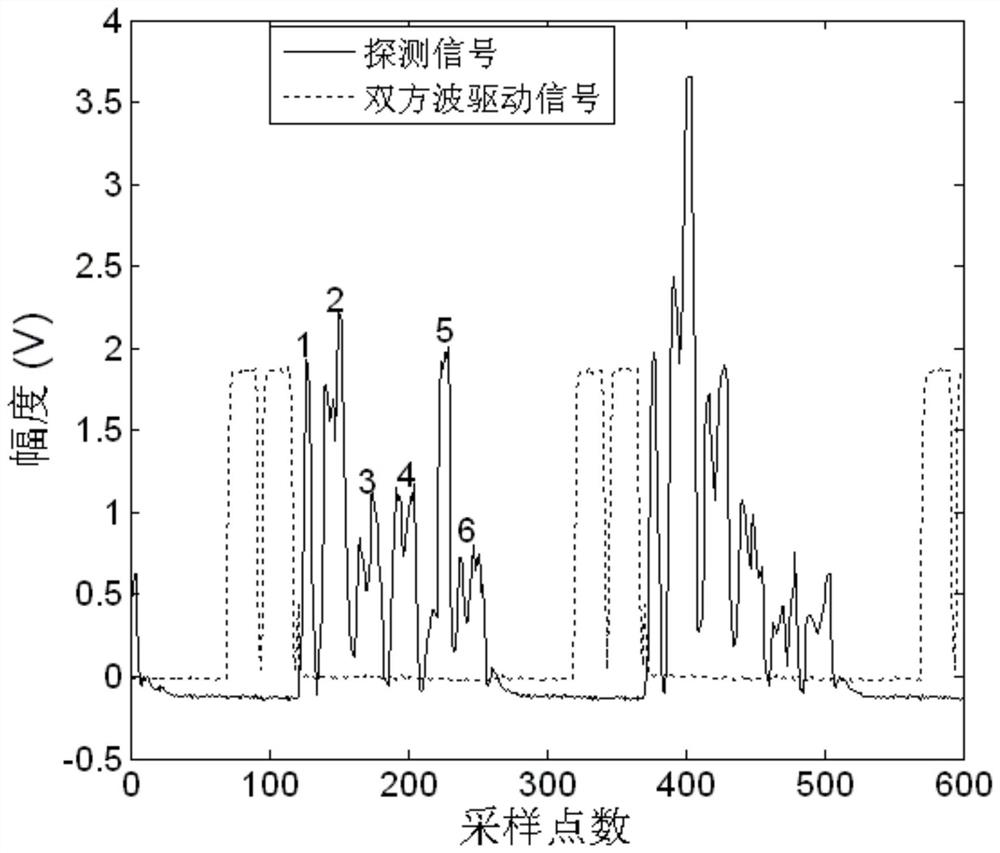Demodulation of Weak Reflection Fiber Bragg Gratings Using Double Square Wavelet and b-Spline Wavelet
An optical fiber Bragg and spline wavelet technology, which is used in the use of wave/particle radiation, measurement of ultrasonic/sonic/infrasonic waves, instruments, etc., can solve the problems of high WFBG spacing accuracy requirements and short interference length, and achieve simple structure and demodulation. The effect of improving the precision and reducing the amount of calculation
- Summary
- Abstract
- Description
- Claims
- Application Information
AI Technical Summary
Problems solved by technology
Method used
Image
Examples
Embodiment
[0049] The present invention will now be described in detail by taking the application of the present invention to a certain project as an example, which also has a guiding role for the application of the present invention to other projects to demodulate weak reflection fiber Bragg gratings.
[0050]The CW laser with wavelength of 1550nm is connected to the acousto-optic modulator (driven by the double-wave signal of the digital signal generator), the erbium-doped fiber amplifier, the 1 port of the circulator, the 2 port of the circulator, the weak reflection fiber Bragg grating, and the 3 port of the circulator. Photodetector. The light intensity signal received by the photodetector is collected by the acquisition card into the computer for processing. The period of the square wave in the double-wave signal is set as the round-trip transmission time of the laser in the adjacent WFBG fibers, and the duty cycle is set as 85%. WFBG reflected square wave laser signal see figur...
PUM
 Login to View More
Login to View More Abstract
Description
Claims
Application Information
 Login to View More
Login to View More - R&D
- Intellectual Property
- Life Sciences
- Materials
- Tech Scout
- Unparalleled Data Quality
- Higher Quality Content
- 60% Fewer Hallucinations
Browse by: Latest US Patents, China's latest patents, Technical Efficacy Thesaurus, Application Domain, Technology Topic, Popular Technical Reports.
© 2025 PatSnap. All rights reserved.Legal|Privacy policy|Modern Slavery Act Transparency Statement|Sitemap|About US| Contact US: help@patsnap.com



